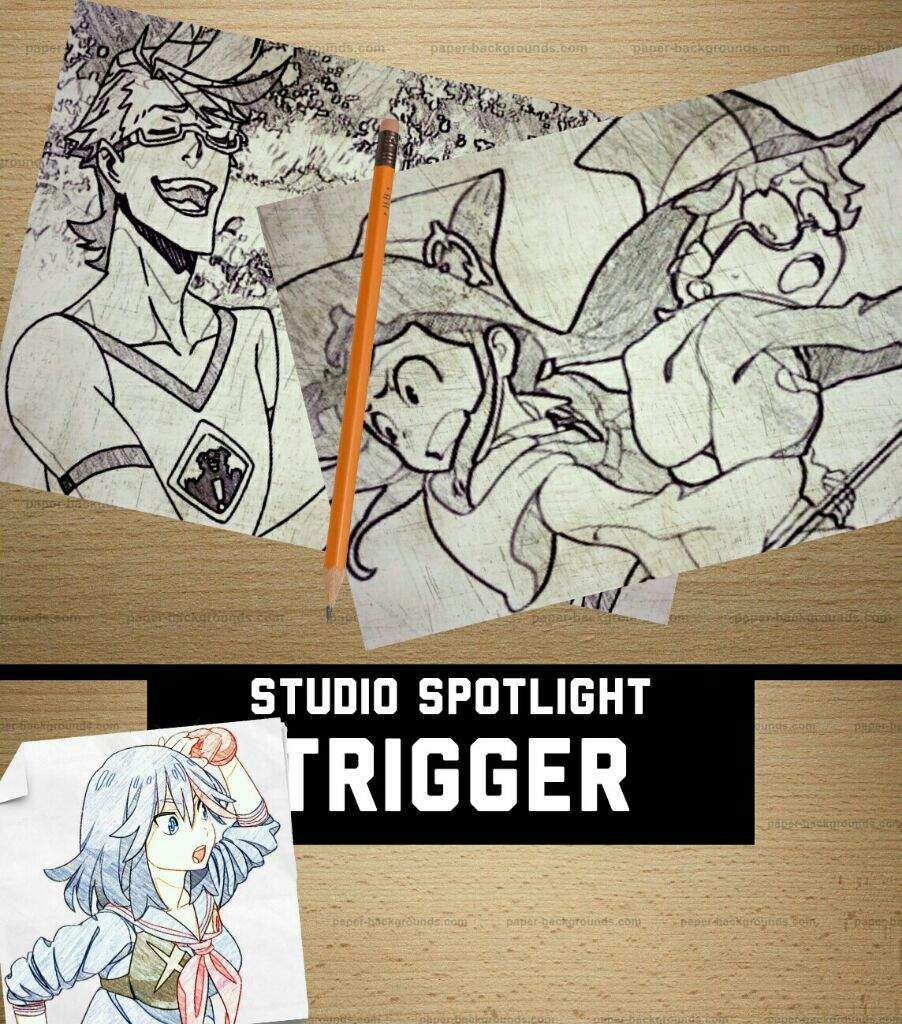

The camera performs the above operations, and sends back an image.The camera accepts the commands, which activate sets of tables in the camera firmware, to set up a sequence of turning on and off clocks and transistors at very high speed, all depending on your binning, ROI, etc.The camera commands are fed into a control card or USB port and up to the camera.the top level controls you see are converted into camera-specific commands via the camera “device driver” in your software.Behind the scenes, a LOT of stuff happens!
Face trigger animation delay lens studio software#
But when will that image be captured? Software needs to do more than say “snap” when you capture an image. Of course, software can tell a camera to snap an image. Why use Triggering on a camera? Doesn’t the software control image capture? The connector on the back of the camera will typically include 2 basic functions: Inputs (connections which send signals into the camera) and outputs (signals which activate when the camera is in a process or cycle).

90% of the time, this is only used by savvy customers, or OEM integrators (companies buying a camera to place inside a machine for resale). Most cameras built for scientific imaging or life science have a high density connector located on the back. This is a prime reason I made the Triggerscope controller, so I though it would be useful to explain how this works and what you can do with it. External triggering provides greater timing accuracy, direct control over exposure duration, and remote operation from TTL devices. Controlling a camera from an external trigger can be very useful.


 0 kommentar(er)
0 kommentar(er)
